
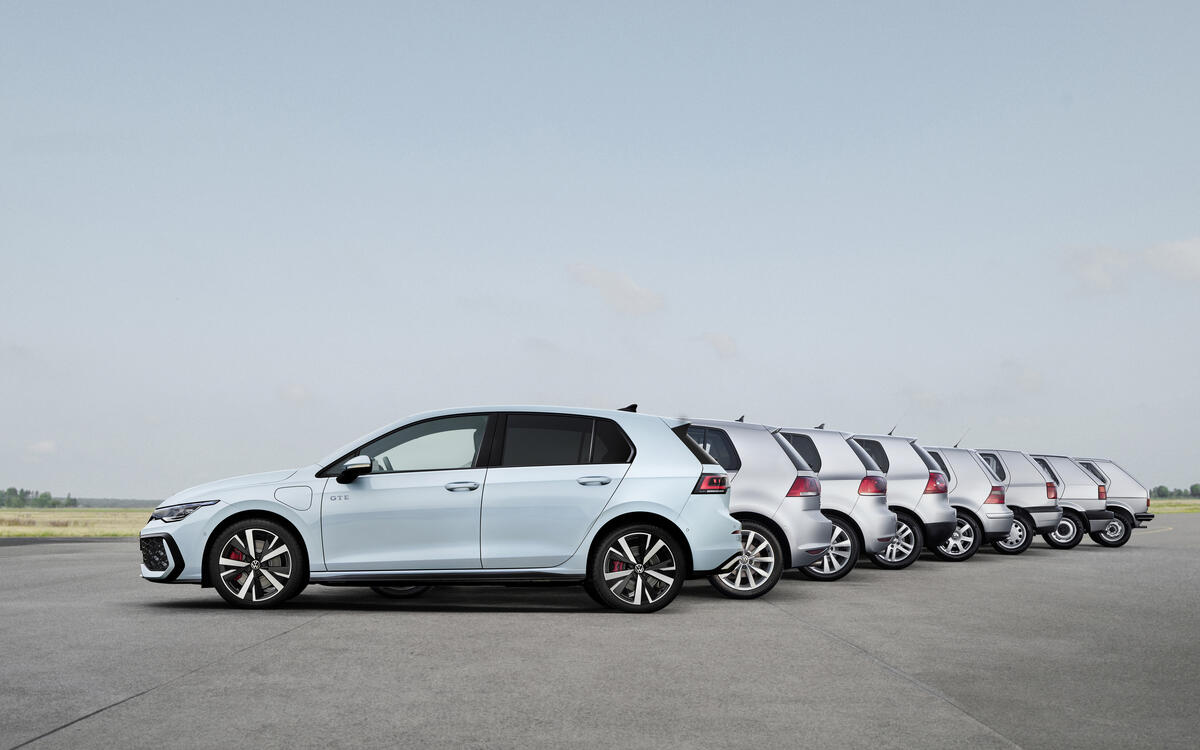

29 March 2024 marks the 50th birthday of one of the automotive world’s quiet icons.
More than 36 million have been sold since 1974, and it has long since surpassed its predecessor, the first people’s car, as the best-selling European car of all time. It continues to be built at a rate of up to 2000 cars per day, and through many challenges it has survived and flourished, and will likely continue to do so for the foreseeable future.
It's a design which, like the Porsche 911, has evolved over time while retaining the essential character of the original. The importance of the Golf to Volkswagen cannot be underestimated, and as such it will see a rejuvenation, rather than reinvention, for the electric era ahead of us.
But first, let’s look at the story from the start:
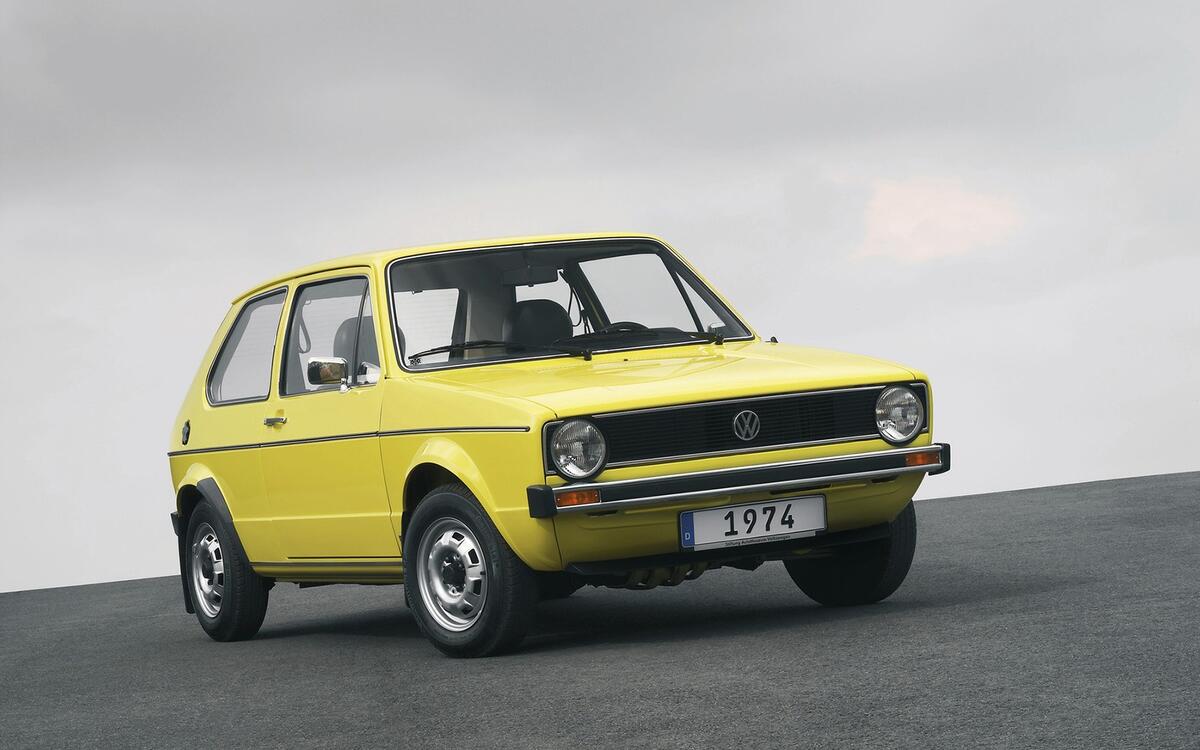

The Mk1: replacing the Beetle
The Type 1, referred to as Beetle, Coccinelle or Käfer among other names, birthed Volkswagen in the 1930s, but despite only becoming the world’s best-seller in 1972, it was getting pretty long in the tooth.
A replacement was needed. Named after the Golfstrom, the German for Gulfstream, the Mk1 Golf first appeared in 1974, when the hatchback genre itself was in its infancy and ready for a stylish, affordable and well-packaged market leader. And that’s exactly what we got. The Golf was arguably the car that turned the sector into the colossal market it is today. So instantaneous was its success that by October 1976 the one millionth example had already rolled off the production line.
Giugiaro’s clean, svelte masterpiece has set the shape of hatchbacks for generations ever since then, in fact, the original shape was sold as the Citi Golf in South Africa until 2009, such was its enduring popularity.
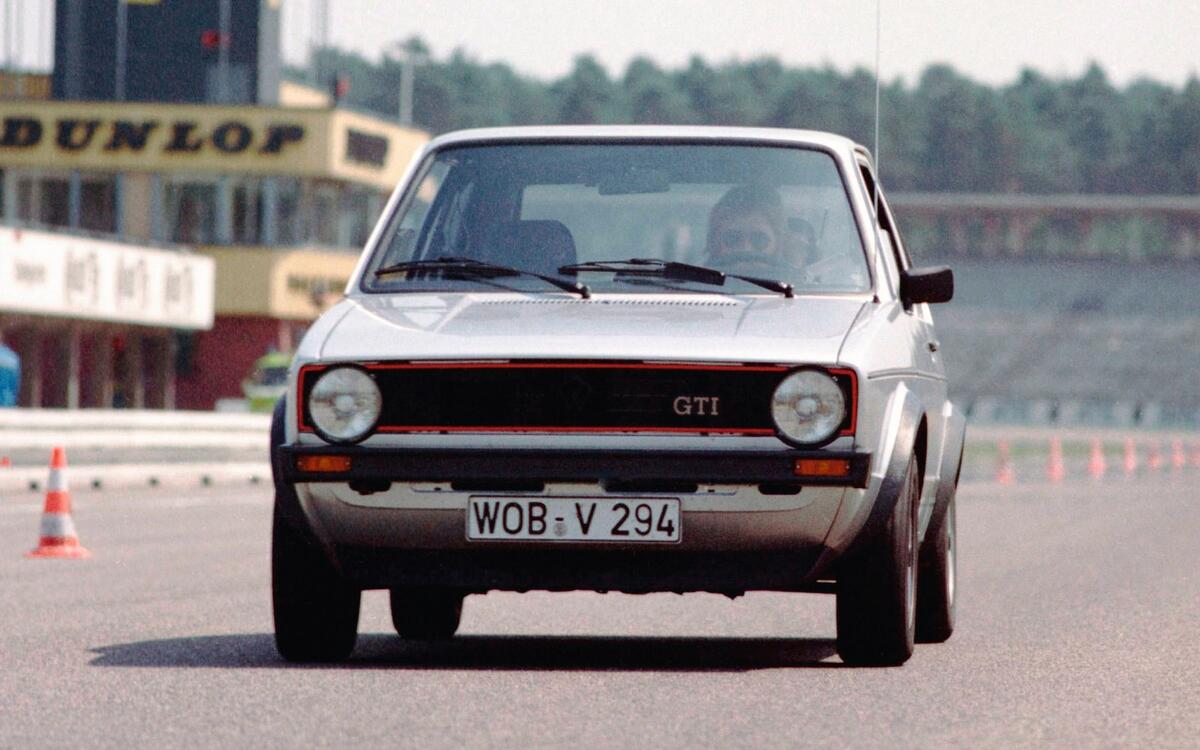

GTI: redefining the hot hatchback formula
The Golf was a neat and efficient family car, but thanks to the efforts of a small group of enthusiastic VW engineers it became a bonafide performance car too. An after-hours project for a ‘Sport Golf’ grew into the Golf GTI, released in 1975 and kicking off the hot hatch boom.
It took the world by storm, even if it didn’t hit the UK and US markets until much later, and in the end nearly half a million were sold, against the 5000 management had initially expected to shift.
The success of the GTI spawned a warmed-up diesel GTD, which would eventually be joined by a multitude of variants, including Pickups (the Caddy), saloons (the Jetta) and Cabriolets.
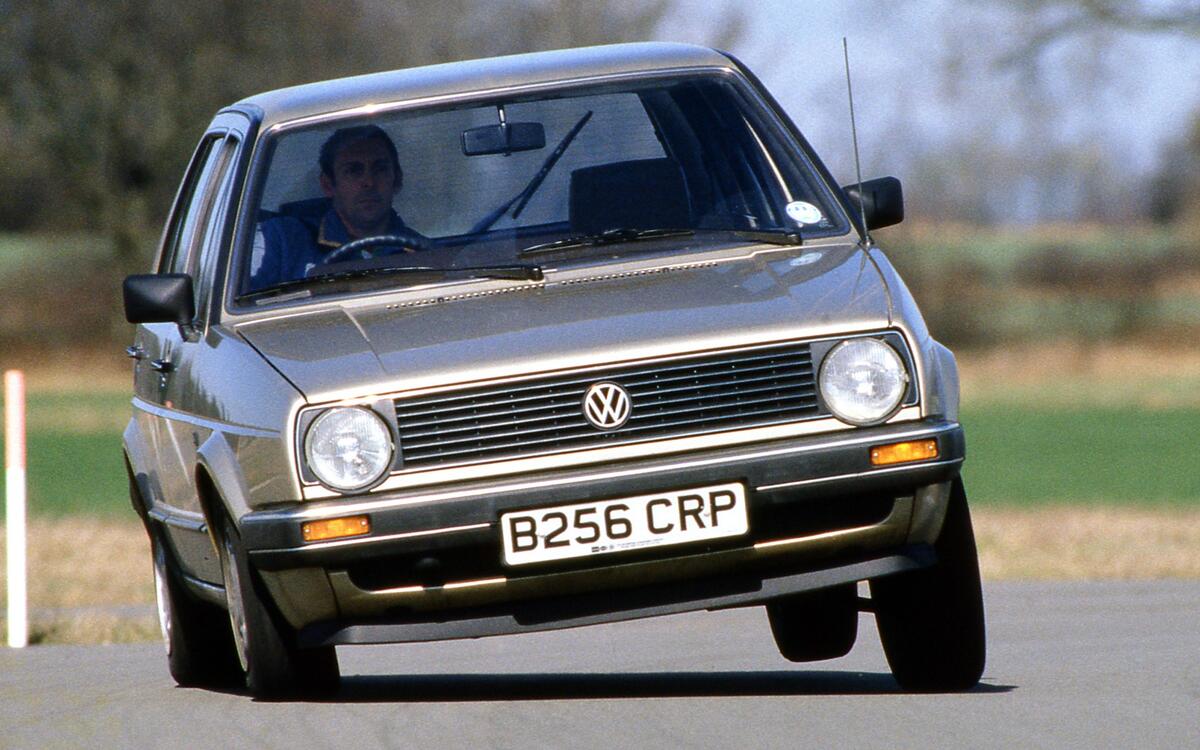

Mk2: more of the good stuff
Giugiaro’s design was sympathetically updated by Volkswagen’s in-house design team for the longer and wider Mk2 Golf, which arrived in 1983. It was quite a bit bigger and heavier to make more room for the Polo below it, but we reckon it lost little of the first car’s charm.
It still combined style, refinement and practicality like nothing else in its class, winning What Car? and Motor Trend’s Car of the Year awards and finishing best in class in the European Car of the Year competition.
While the Mk1 had been marketed as the Rabbit in the States, for the second generation it was standardised to become the Golf globally. It went on to sell 6.3 million units (about as many as the Mk1) before the arrival of the all-new Mk3 at the end of 1991.
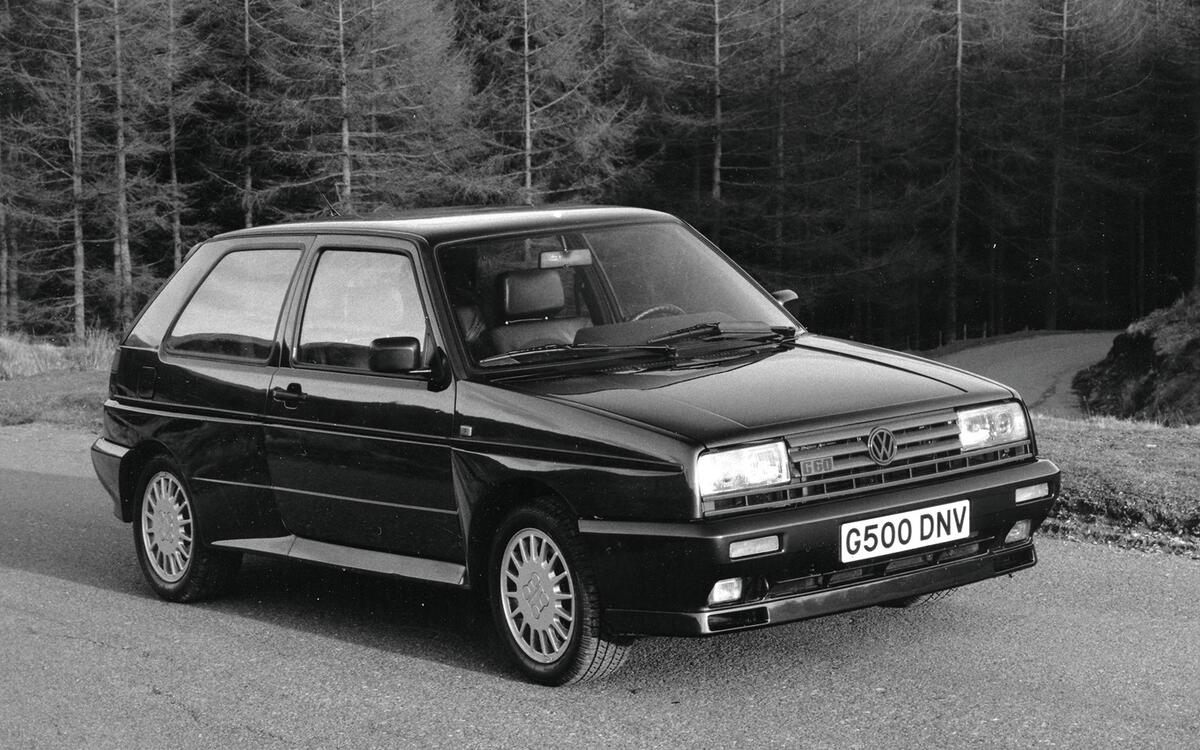

Specials: superchargers and four-wheel drive
Today the Mk2 GTI isn’t valued quite as highly as the Mk1, because a 120kg increase in weight dulled the handling and performance slightly, although a 16-valve version with 137bhp (up from 110) recovered some of its Midas touch.
Countless special editions have been released, the most interesting of which were models like the Country, which used Syncro four-wheel drive, the GTI G60, which gained a supercharger to produce 158bhp, and even a Rallye homologation special, with both the Syncro four-wheel drive system and supercharged GTI engine.
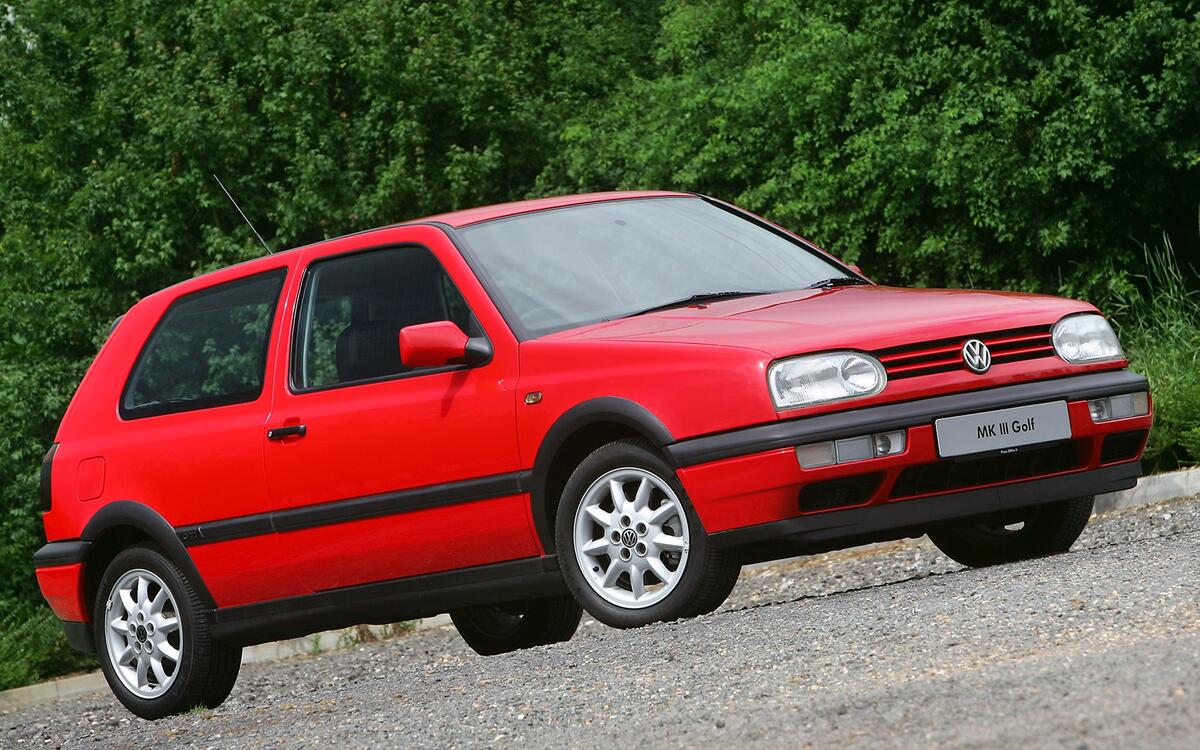

Mk3: the forgotten Golf
The Mk3 was the first to scoop the illustrious European Car of the Year award. It was also the first generation to gain an estate body style, the first with a colourful Harlequin edition and the first to see a replacement for the Cabriolet, which had survived throughout the entire Mk2’s production run.
We had become used to the steady evolution of the Golf and this was no different - bigger, more refined, more practical and more economical, the important stuff for most buyers was only enhanced, and as a result remained in the higher echelons of the sales charts.
Golfs had always had diesels, but the introduction of the now legendary 1.9 TDI made it a sensible and acceptable choice, even for those that didn’t cover mega miles.
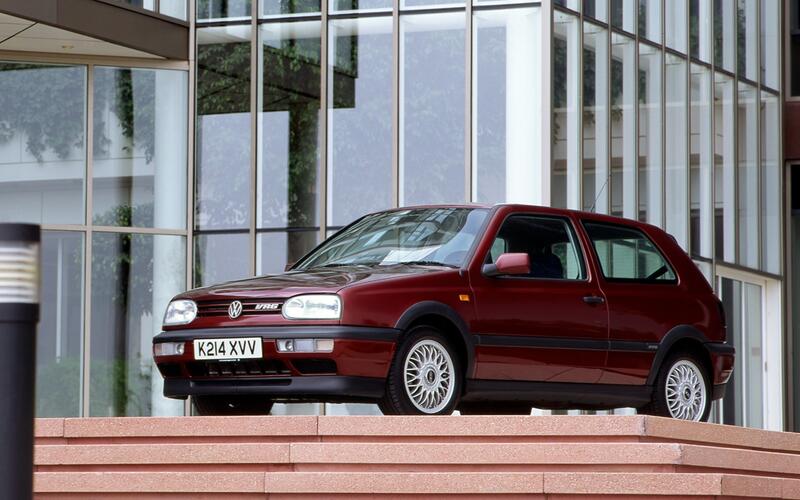

VR6: The world’s first GT hatchback?
If the Mk2 GTI was a slight disappointment after the legendary first, the third was a bit of a letdown. Critics complained of its heavy steering, underpowered engine and dull dynamics; with just 113bhp to its name it was the slowest GTI yet.
Despite an attempt to enliven the recipe with a 148bhp 16 valve four-pot, the GTI still struggled to generate excitement against impressive rivals that came to steal its title as class champion, like the Peugeot 306 GTI-6.
Perhaps more in keeping with the Mk3’s grown-up image was the VR6, which created a bit of a GT-cum-hatchback, because it was effortlessly quick and refined, if a bit too soft to recreate the magic of the first.
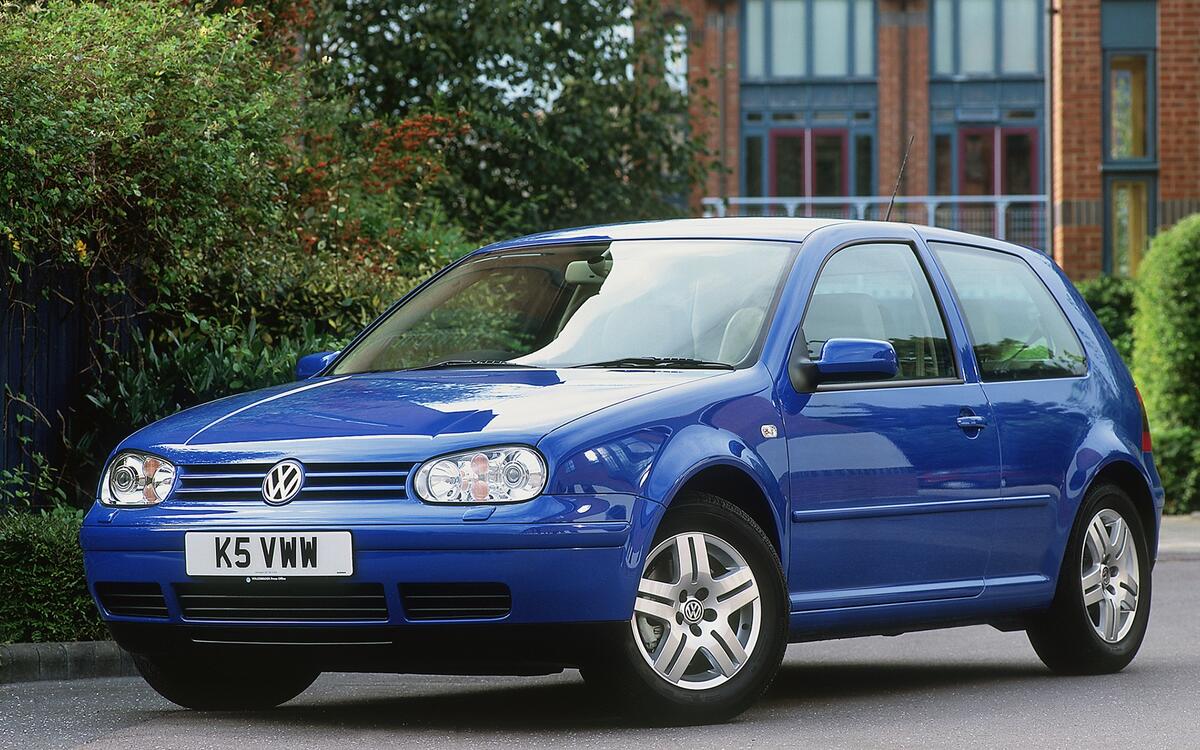

MK4: fun follows function
With Volkswagen's acquisitions of both Seat and Skoda, the Golf had yet more space to move upmarket - something which it took full advantage of in 1997. If the Mk3 was getting a bit bland to look at, the Mk4 was restrained but contemporary and premium looking, which its designer, Peter Schreyer, would also go on to achieve with the Audi TT – incidentally based on Golf underpinnings.
Once again the Cabriolet wasn’t renewed, and instead carried on using the Mk3’s body.
There was, however, a new estate and Jetta, which became known as the Bora in Europe. It was the first Golf to feature electronic stability control and a 5-cylinder engine, which sat below the four-wheel drive, 2.8-litre VR6.
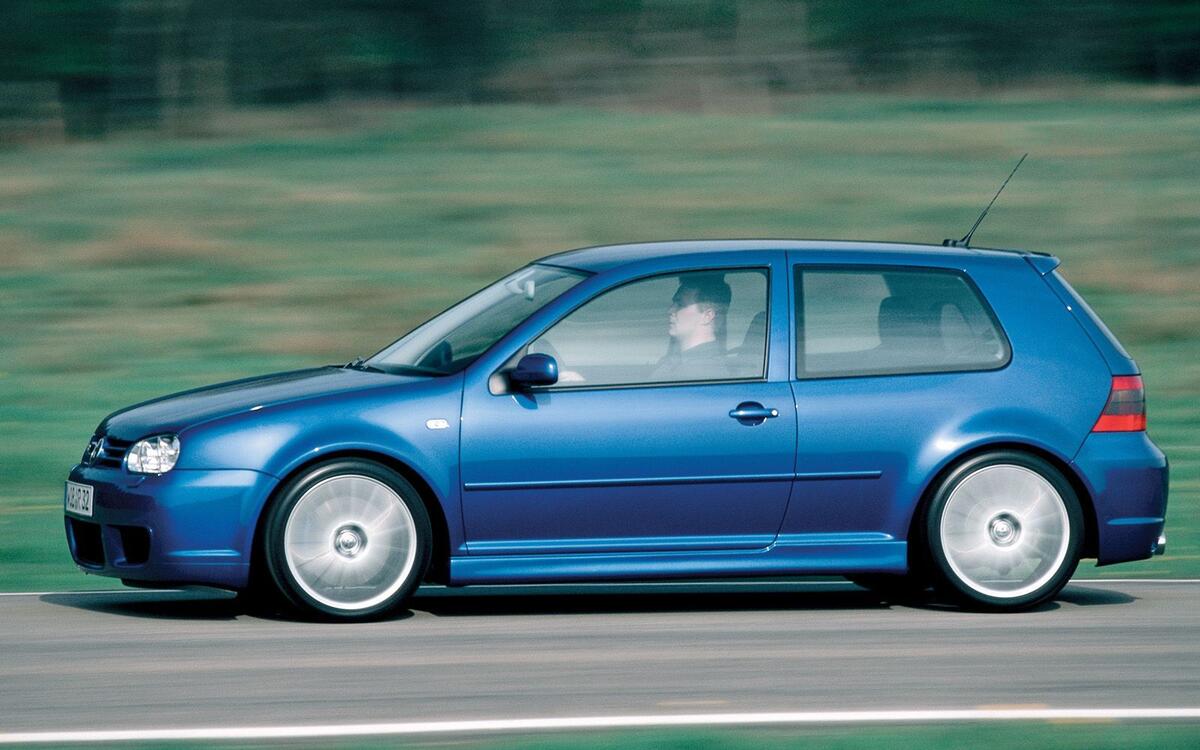

Hot Mk4s: for better and for worse
Spoiler alert; the GTI got worse before it got better. The 113bhp 2.0-litre now had even more weight to lug about, and some enthusiasts weren’t happy about a GTI-badged diesel, even if it had a decent 148bhp. In fact, the heavy 113bhp GTI was such an affront to the badge that Volkswagen didn’t call it that in many markets, instead utilising the new 1.8-litre turbo, which maxed out at a drab 177bhp.
But Volkswagen soon came back fighting. Enter stage left, the stonking R32.
Not satisfied with being the first to stuff six cylinders in a family hatch, Volkswagen went a bit bonkers, shoe-horning a 238bhp 3.2-litre under the bonnet – with the cherry on the cake being the world's first production DSG (dual-clutch gearbox).
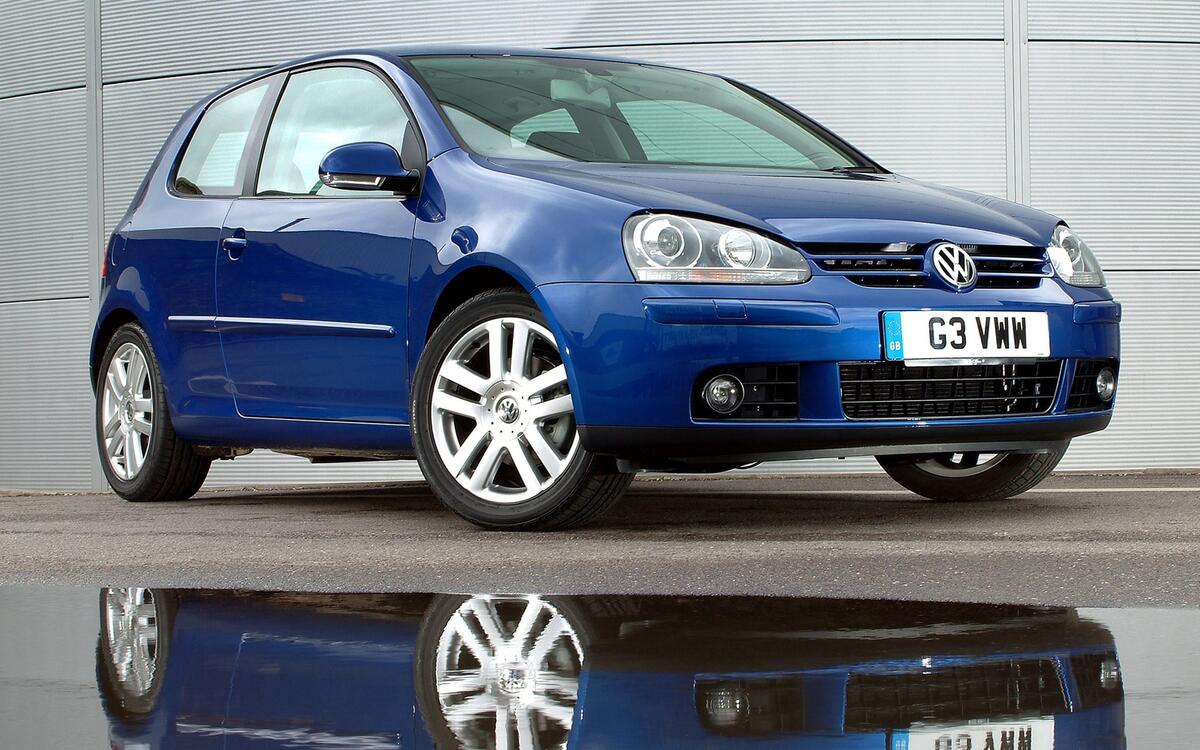

MK5: the King is back
The most Golf-like Golf? It’s a difficult question to answer. Arguably it’s the ability to be a car for everyone anywhere, and that means blending quality, comfort, refinement and practicality, but still being enjoyable to operate, and ideally a bit fun.
Perhaps the fun factor had been dwindling out of the Golf, but the Mk5 was here to reinvigorate it. Yes, the GTI is the one remembered for its legendary drive, but even the standard fifth-generation car proved satisfying to drive without sacrificing anything the Golf had become known for. It was good enough to earn a very impressive 4.5 stars from our road test in 2005.
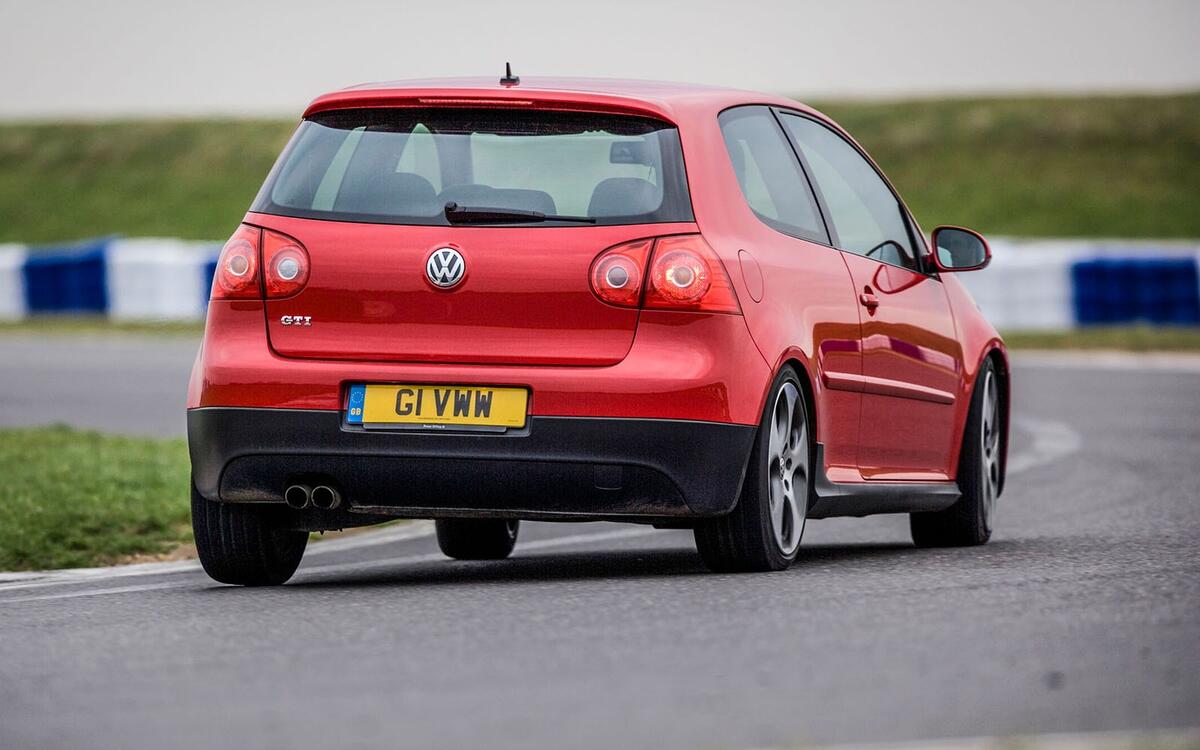

Mk5: As close to perfection as it gets?
Finally, the GTI returned to form - no longer did we have to rely on the R32 for a likeable performance variant.
In a comparison test between every generation of GTI, our own Andrew Frankel named the Mk5 as his pick. Here’s what he had to say: “The Mk5 is superb. Of course, with its near- 200bhp output, performance is unrecognisable compared with its elder relatives. It feels properly rapid, super-strong in the mid-range and almost devoid of turbo lag. More interesting still, if you try to hoof it around in the corners, it really responds.
“Inevitably, grip levels are several streets ahead, but so is its willingness to adjust its line according to the whim of your right foot. You can steer this car on the throttle in a way that the Mk1 cannot be driven and the Mk2 chooses not to be driven. It is, in short, more fun than either.”
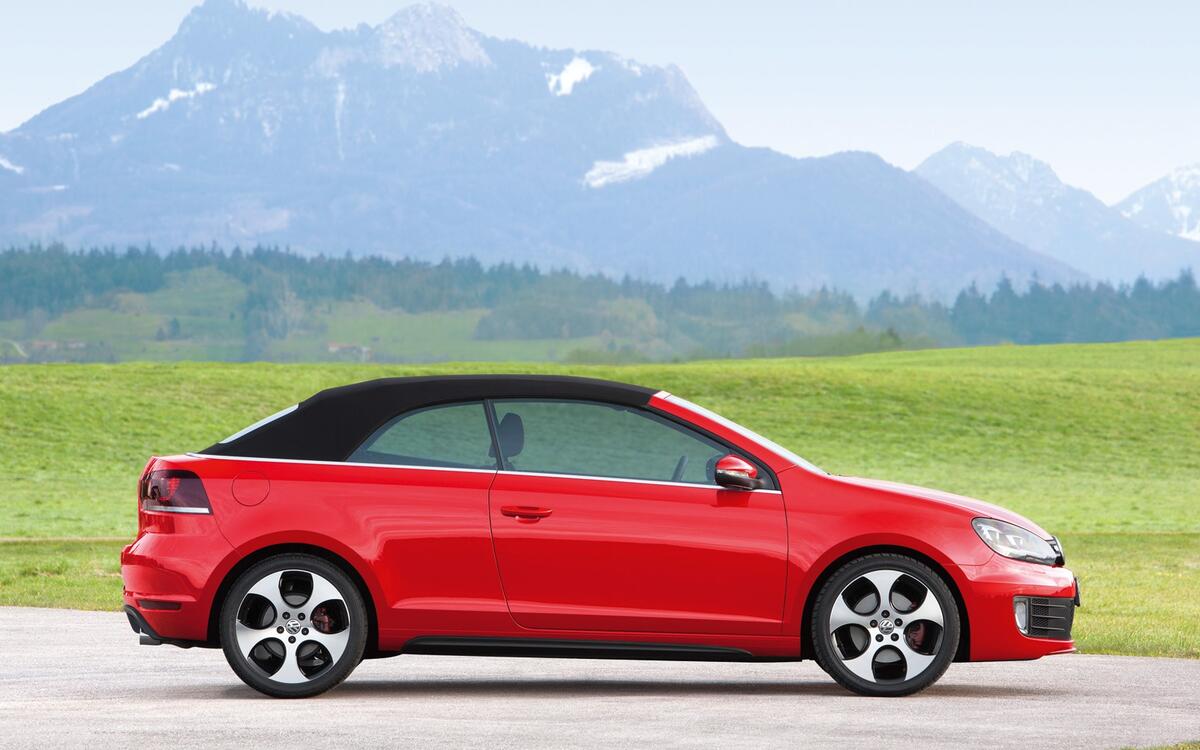

Mk6: a gentle evolution
The Mk5 was subtly updated in 2008 to create the Mk6, mainly because the Mk5 was too expensive to produce. Notably, the Mk6 introduced a self-parking function, an MPV-shaped Golf Plus, and a GTI Cabriolet for the first time.
The GTI was also only slightly changed, with a tad more power to help preserve its rediscovered excellence. A new range-topper, the R, extracted 266bhp from four cylinders to create the fastest Golf yet.
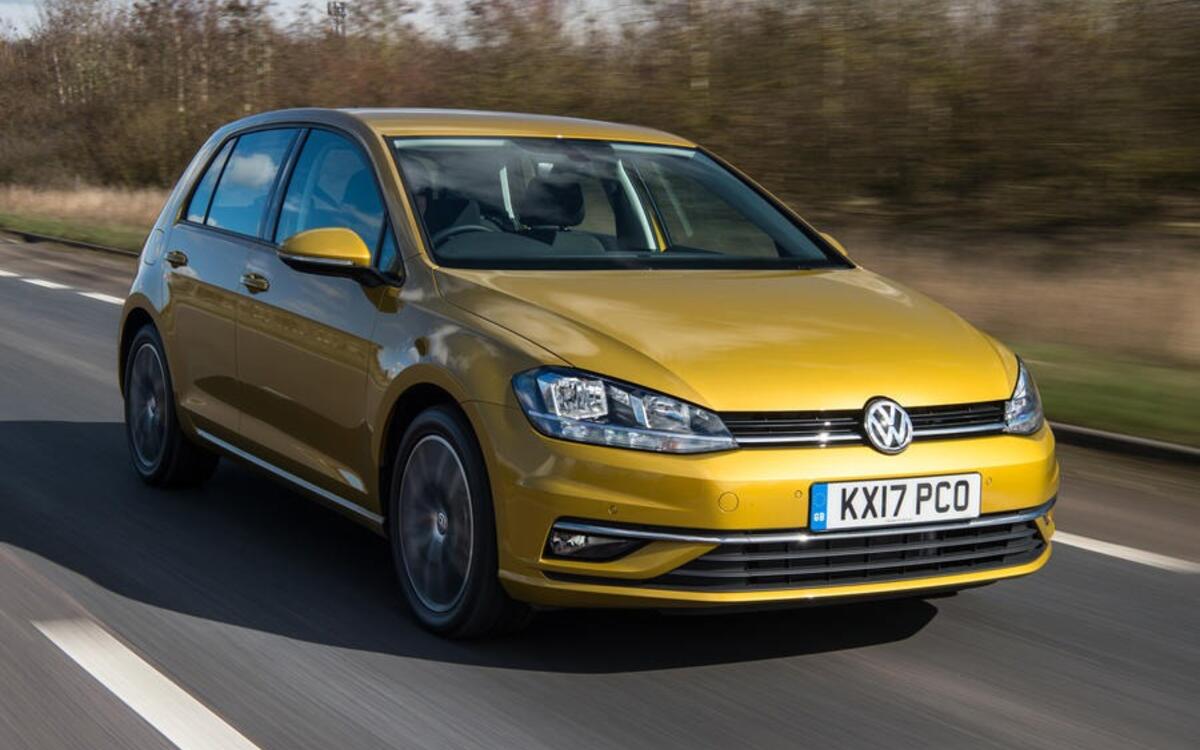

Mk7: doing what the Golf does best
The Golf got its mojo back with the Mk7. Once again, it became bigger and easier to live with, and the GTI became an even better all-rounder, losing none of its fun factor.
But any of the slightly tall and awkward proportions of its predecessor had been lost to a clean, minimalist design that still looks fresh today.
“One of the keys to the Golf’s success lies in its continuity”, said Walter de Silva, VW’s Head of Design until 2015. “There are a handful of cars with a design that, like the Golf’s, has been refined, tweaked and enhanced down the decades and thus become timeless.”
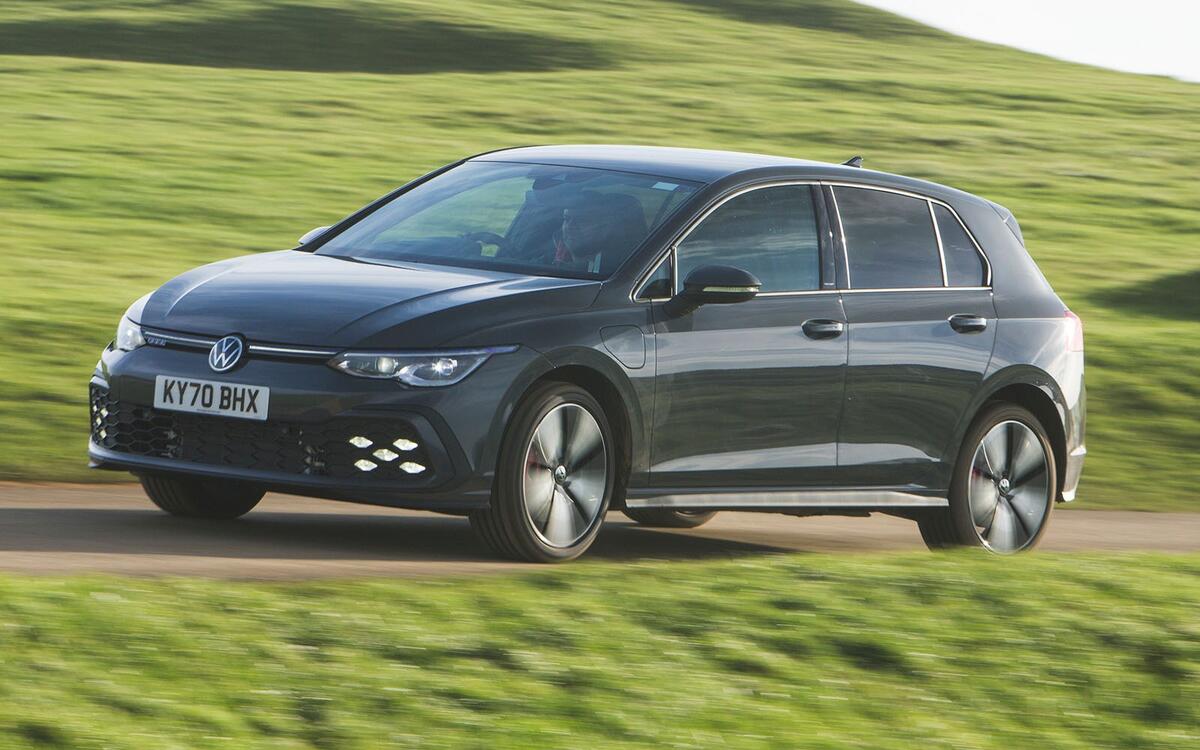

Mk8: a hit and a miss?
After three successful generations, Volkswagen arguably lost its way with the current generation Golf introduced at the end of 2019, so much so that it lost its place as Europe’s best-selling car from 2022. While VW may point to the growth of SUVs and electric cars stealing buyers, the fact that the Peugeot 208, a petrol supermini, beats it in the sales charts suggests the problem lies with the Golf itself.
The Mk8 had been intended to kickstart Volkswagen’s digital revolution, but instead the complicated and unintuitive technology put buyers off, meanwhile its styling proved more controversial than its crisp predecessor.
The 2024 Mk8.5 Golf looks to rectify some of those problems and help restore the Golf’s best attributes to make it the family favourite again. Unfortunately, though, the facelift also marks the end of the manual GTI, but thankfully the automatics are still good fun to hoon about.
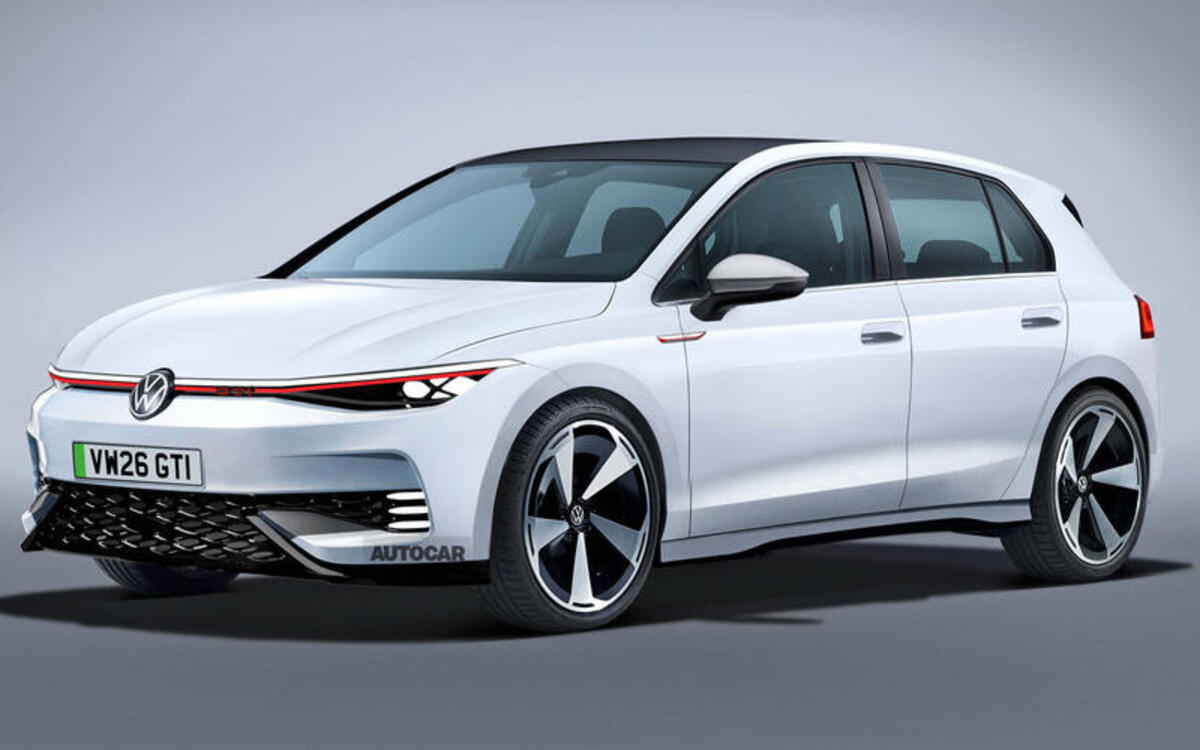

Mk9: the Future
It almost seemed like the Golf was going to end on a low point as the electric revolution heralded an uncertainty for the icon.
Thankfully, though, Volkswagen has confirmed the nameplate will return in the form of an electric hatchback in 2028 that will look more conventional than the potato-shaped ID3, while bringing some much-needed familiarity to the future. It will also mark exciting new GTI and R versions which will look to make electric cars fun to drive. We wish them well.
https://news.google.com/rss/articles/CBMiW2h0dHBzOi8vd3d3LmF1dG9jYXIuY28udWsvc2xpZGVzaG93LzUwLXllYXJzLXZvbGtzd2FnZW4tZ29sZi10cmFjaW5nLWljb24lRTIlODAlOTlzLWhpc3RvcnnSAQA?oc=5
2024-03-31 06:02:07Z
CBMiW2h0dHBzOi8vd3d3LmF1dG9jYXIuY28udWsvc2xpZGVzaG93LzUwLXllYXJzLXZvbGtzd2FnZW4tZ29sZi10cmFjaW5nLWljb24lRTIlODAlOTlzLWhpc3RvcnnSAQA
Tidak ada komentar:
Posting Komentar